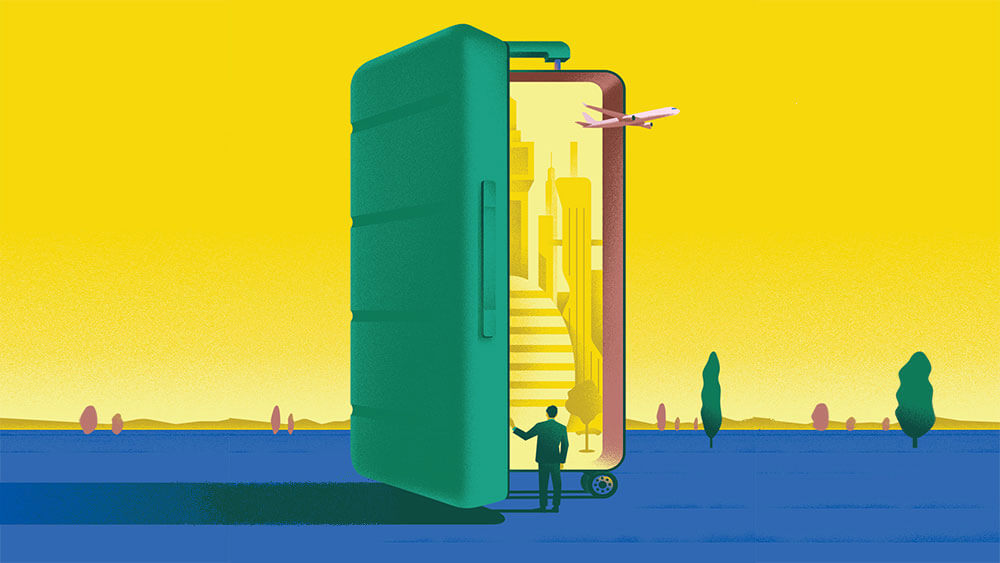
Many destinations are raising their profile to appeal to both planners seeking a sound meetings infrastructure and attendees, who increasingly make decisions about what events to attend from a tourist’s perspective. (Illustration by Michele Marconi)
When it comes to host destinations, what are the must-haves for event organizers? Flight connectivity, top-notch meeting space, plentiful hotel rooms, for sure.
But today, those things are just table stakes. Planners also must take into consideration the culture of a place, its sights and sounds and flavors, the things that make it distinct enough for people to want to come to experience it — as well as attend the event. While planners’ main site-selection priorities have traditionally been space, dates, and rates, Chris Fair thinks “the pendulum has swung the other way — where it’s more about the experiential quality and reputation of the city or destination that is driving interest and selection.”

Chris Fair
Fair, the president of Resonance Consultancy, which specializes in placemaking and place-branding strategy, said that historically, “meetings and conventions were concentrated in cities with a strong base in corporate headquarters, which created a strong demand for air-route connectivity. But the exponential growth of leisure travel in the past decade and the exponential growth of air travel has created — and leisure travel is driving — connectivity to a lot of places that might not have had a strong corporate base in the past. It creates the access to and the opportunity for more leisure-oriented destinations to offer convention [space] and compete in that market where they couldn’t a decade ago.”
What’s interesting about this rapid expansion and growth in air traffic over the last decade, Fair added, is that “a lot of smaller cities have great air access now.” In fact, according to the United Nations World Tourism Organization (UNWTO), over the past 20 years, “the number of unique city pairs connected by air transport has more than doubled, reaching more than 20,000 at ever-lower costs.”
The growth in air travel and ease of access to new destinations have contributed to the continued blurring of the line between business and leisure. According to a 2017 report from Expedia Group, “Unpacking Bleisure Traveler Trends,” 60 percent of respondents who had taken business trips — mostly for events — over the previous year had turned them into bleisure trips. “With nearly 70 percent of business trips being for conferences, there is an opportunity for destinations,” the report concluded, “to encourage extending for leisure by highlighting activities and experiences to drive repeat visitation.”
With attendees now expecting event host destinations to appeal to them as tourists, planners face the challenge of finding a destination that feels fresh and different, but that still can seamlessly handle the logistical demands of hosting large groups. Here are some cities in countries around the world that are working to knit the two together.
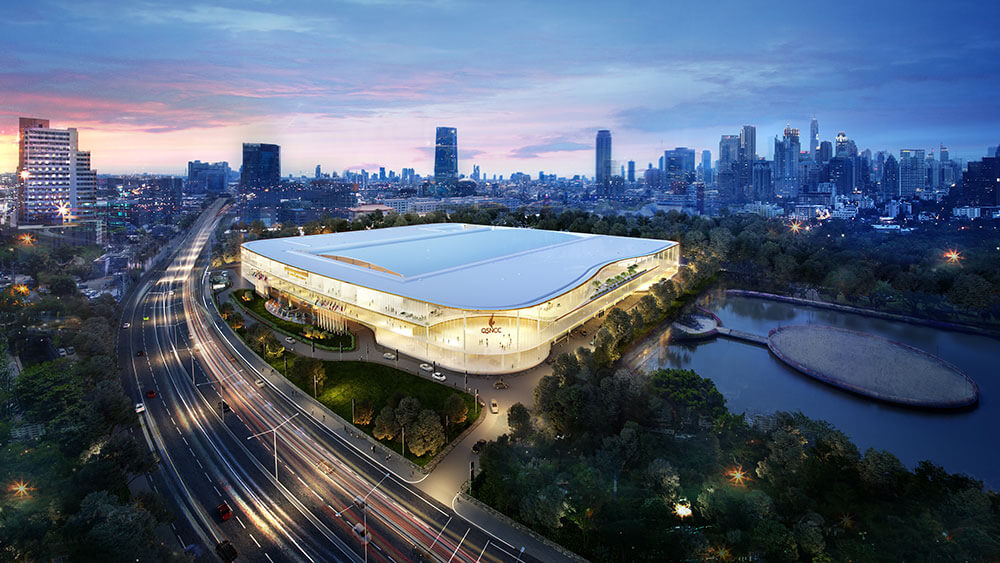
Queen Sirikit National Convention Center in Bangkok is tentatively set to reopen in 2022 and offer three times the space of the original facility. Thailand already ranks as one of the world’s top 10 most-popular tourism destinations and is gaining steam as a meetings destination, too. (Courtesy Thailand Convention and Exhibition Bureau)
BUILDING A MAGNET IN THAILAND
It was the “high level of leisure interest” that laid the foundation for Thailand’s recent growth as a business events destination, said Rutger Hoorn, vice president of global sales at Ovation Global DMC. The country ranks as one of the world’s top 10 most-popular tourism destinations, drawing upward of 38 million international visitors in 2018; but it also ranked No. 1 on Ovation’s “Top 5 Most Popular Emerging Destinations for 2020 and 2021,” a list culled from the company’s own CRM database. “It’s a booming destination for leisure, but you’ve seen the government make radical changes to improving their infrastructure, and big hotel brands coming in,” Hoorn said. With already popular leisure destinations, he said, the moment the appropriate infrastructure is built, it’s a sure bet that meetings and events will follow.

Rutger Hoorn
Which seems to be the case in Thailand, which welcomed close to 2 million MICE visitors in 2018, a 57-percent jump from the previous year’s 1.27 million visitors. That same year, Bangkok emerged for the first time on ICCA’s list of the world’s top 10 destinations for association meetings, coming in at No. 10 with 135 meetings. And the city is currently seeing significant changes in the works. In late 2019, an auditorium and conference space totaling about 130,000 square feet, True Icon Hall, opened within Iconsiam, a massive new shopping and entertainment complex on Bangkok’s Chao Phraya River. After being demolished in 2019, the Queen Sirikit National Convention Center will reopen at the end of 2022 in the popular Sukhumvit district with three times the space of the original facility. Also in 2022, The Mall Group and AEG will open two new venues — EM Live at The Empshere and Bangkok Arena at the Bangkok Mall, which will anchor two new entertainment districts.

Chiruit Isarangkun Na Ayuthaya
In addition to Bangkok, the Thai government has identified four other key destinations — Chiang Mai, Khon Kaen, Pattaya, and Phuket — as fertile ground for MICE-related investment and development. It has also established “MICE routes” within these destinations that highlight cultural venues, team-building activities, and local experiences of interest to groups. The flashy beach resorts and emerald green waters of Phuket, for example, an island paradise in the Andaman Sea, have long lured vacationers. But a recent push for the island to smooth out its transportation infrastructure and build an exhibition facility with capacity for 5,000, according to a recent report from The Bangkok Post, may diversify the destination’s visitor mix. Group-friendly hotels are on the rise there, too. In 2019, the 221-room InterContinental Phuket Resort opened with six meeting spaces. “The moment that the convention centers and everything else starts getting placed,” Hoorn said, “planners follow pretty fast.”
Phuket is often exemplified as a destination combating overtourism, and the government’s 20-year strategy to attract more business events could offset some of those effects. “In the strategy, high-quality tourism and international meetings are identified as some of the new potential service cluster for Thailand’s future,” said Chiruit Isarangkun Na Ayuthaya, president of the Thailand Convention and Exhibition Bureau.
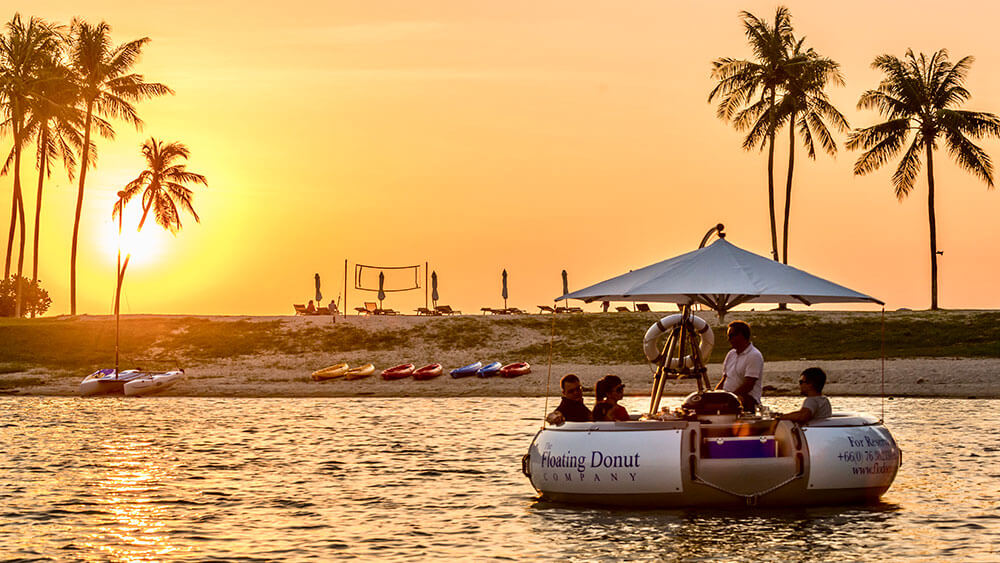
The Floating Donut Company in Phuket offers barbecue dinners aboard circular electric-powered boats that can seat parties of 10. (Courtesy Thailand Convention and Exhibition Bureau)
‘A SEMESTER OF CHANGE’ IN NEW ZEALAND
In the next few years, three new convention centers will open in New Zealand. This “family of convention centers,” as Lisa Gardiner, global manager of business events at Tourism New Zealand, called it, will launch “a semester of change” for the country as a tourism destination. Beyond allowing it to “comfortably operate at a scale that we haven’t been able to do before,” the shift is an important step in achieving the country’s utmost tourism goal — a tourism strategy that promotes sustainable economic growth and using tourism as a force for good. In fact, the Tiaki Promise — Tiaki translates to care for people and place — is a set of guiding principles to help visitors travel safely and conscientiously while preserving and protecting New Zealand.

Lisa Gardiner
“As a destination that has a very strong appeal to the leisure side, we can get them here, which is great,” said Gardiner. “But I think this gives us an opportunity to really lean into the hard problems around [sustainable tourism].”
Leisure tourism to New Zealand has ballooned in the last decade, and forecasts say it will continue to grow. According to the New Zealand Ministry of Business, Innovation & Employment, international visitor arrivals to New Zealand are forecast to reach 5.1 million visitors in 2024 (greater than a 37-percent increase from 3.7 million in 2017). By that point, three new convention centers are scheduled to be open. Te Pae Christchurch Convention Centre will offer more than 300,000 square feet and capacity for 2,000 attendees when it opens in October 2020, and in 2022 the Wellington Conference and Exhibition Centre will debut with more than 107,000 square feet in the heart of the city’s cultural precinct.
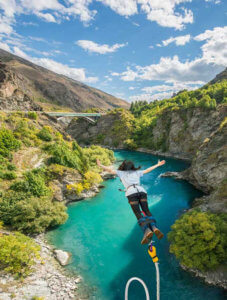
AJ Hackett Bungy New Zealand offers bungee jumps that dive 43 meters (47 yards) from the Kawarau Bridge in the Queenstown area.
The New Zealand International Convention Centre in Auckland was expected to open in 2020, but a fire that broke out in October 2019 will result in “a material delay,” according to news reports. What sets these new venues apart, Gardiner says, is the way their design and location will bring attendees into the surrounding communities. “This will make it easy for attendees to explore the destination and spend their time much like a local Kiwi would.”
Which is how a recent incentive group experienced New Zealand. When BI Worldwide, a global agency specializing in employee engagement and recognition, rewarded its highest performers with an incentive trip in 2019, Norm Williams, senior vice president of clients and brand, surveyed the group for their bucket-list destinations before they chose a destination. The winner, New Zealand, reflects a growing preference for the destination according to the Incentive Travel Industry Index, released in September 2019. According to the study, North American buyers showed favorable interest in Oceania, with a net increase of 4 to 12 percent more buyers expected to bring groups to Australia and New Zealand over the next two years.
Starting in Auckland and ending in Queenstown, BI Worldwide’s weeklong program took the 98 attendees through some of the landscapes New Zealand is best known for as well as urban experiences in Auckland and Queenstown that showcased its food and wine. “New Zealand fashions itself as adventurous and thrill-seeking,” Williams said, so they offered adrenaline-spiking activities in some of the country’s more dramatic backdrops, like a chance to go bungee jumping off the Kawarau Bridge in Queenstown, which overlooks the Kawarau River. “Astonishingly,” he said, “25 percent of the group opted to do it.” A private helicopter excursion took the crème de la crème of the group’s performers on a flight over Milford Sound, landing on the Humboldt mountain range for a Champagne toast and a few rounds of hitting (eco-friendly) golf balls into the canyon. The entire group finished their journey with an evening at Stoneridge Estate, one of Queenstown’s boutique wineries. “It’s everything it’s advertised” to be, Williams said. “The beauty — the serenity — was the star of the show.”
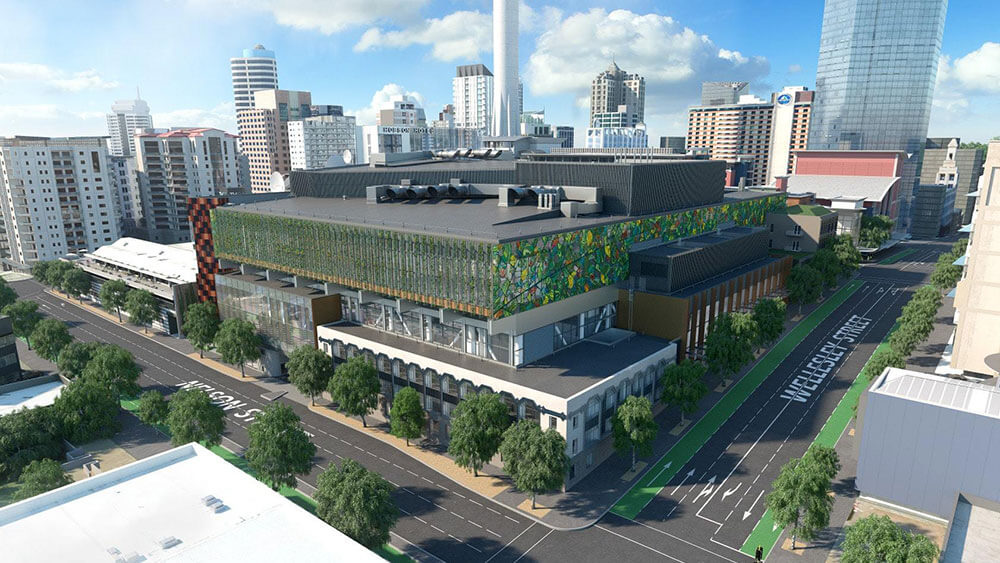
New Zealand International Convention Centre will bring attendees into the Auckland community.
PUTTING THE PIECES TOGETHER IN BUENOS AIRES
Often referred to as “the Paris of South America,” Buenos Aires attracts visitors from around the world, who soak up its Michelin-star gastronomy, exquisite tango performances, and lively neighborhoods filled with art, boutiques, and markets. In late 2017, the city opened a brand-new convention center and has since hosted several high-profile international events, including the G20 Summit — the first ever in South America. The new venue sits in the heart of Recoleta, known for its Belle Epoque architecture, which puts the chic, tourist-friendly Palermo neighborhood and most public-transit options within an easy stroll.
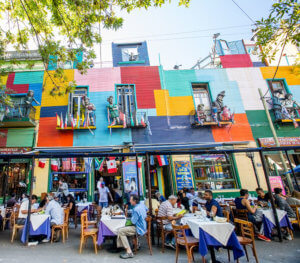
The Caminito (“little path” in Spanish) is a colorful street museum and a traditional alley located in the Buenos Aires neighborhood of La Boca.
Buenos Aires also is a convenient gateway to many other popular destinations, like day trips via ferry to Uruguay, weekend excursions to the vine- yards of Mendoza, and the glaciers and mountains of Patagonia, just a short domestic flight away. “In the last 10 years, Argentina has made a strong positive impact on the minds of foreigners” who come for a business event, said Mariana Caldas, MICE manager at Vivaterra Argentina DMC, “and end up extending their stay. This is mostly due to the international and local air connectivity, together with the varied offers in accommodation, gastronomy, and recreation.” Caldas cited the Perito Moreno Glacier in Patagonia and Iguazu Falls in Brazil as specific draws.
“We’ve noticed that business travelers consider Argentina a new destination, and are attracted by its appealing rates, diverse infrastructure, and international connectivity,” Caldas said. According to the Buenos Aires Tourism Board, a growing number of international nonstop flights to the city have increased international interest in the city. In addition, Argentina has done away with reciprocity fees for visitors from Australia, Canada, and the United States. “Nowadays, traveling to Buenos Aires is cheaper and takes less time,” said a representative at the Buenos Aires Tourism Board.
“Despite being at the end of the world, as many people say, we have achieved a high level of connectivity — more so than ever before.”
Besides connectivity, the city is focused on increasing its hotel inventory to further its competitiveness. According to the tourism board, approximately USD $570 million in investments is expected by 2025 for new hotel infrastructure alone, due in part to recently enacted tax incentives for hotel construction, remodeling, and expansion. For example, in 2024, the W Buenos Aires will open as part of the new mixed-used Madero Harbour development.
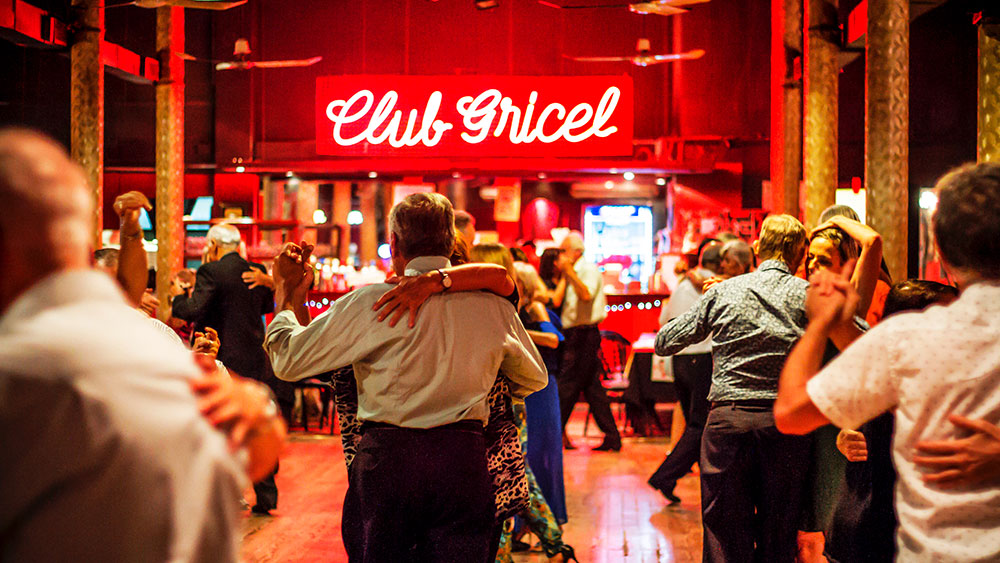
Often called “the Paris of South America,” Buenos Aires also is known as a tango town, offering numerous clubs where you can tango the night away. (Courtesy Travel Buenos Aires)
HAVING A CENTER IS NOT ENOUGH: MEXICO

Santiago González Abreu
Mexico has the busiest construction pipeline in Latin America with 217 projects in the works — an all-time high, according to Lodging. Econometrics. Guadalajara, often referred to as Mexico’s second city, recently popped up on CWT Meetings & Events’ list of Latin American “destinations on the rise,” which specifically highlights “locations offering better value rates than first-tier cities [that are] also becoming more attractive due to an increase in facilities including new hotels and M&E venues.”
Between last year and this year, more than 2,000 new hotel rooms will be coming online in the city, according to a recent report from TravelAge West. And it’s the only Mexican destination that has been able to surpass 5-percent growth for international arrivals, said Santiago González Abreu, vice president of development, Latin America, for PHG Consulting, which developed a three-year strategy for Visit Guadalajara to boost its tourism.
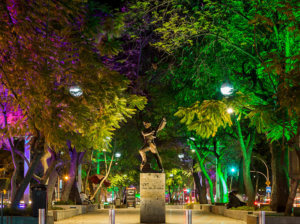
Tree-lined streets, fountains, and a wide boulevard are characteristic of Guadalajara’s lively Chapultepec neighborhood.
Guadalajara is fortunate in that it already possesses the infrastructure to host events. Expo Guadalajara, Mexico’s largest convention and exhibition facility, opened in 1987. But it wasn’t until a decade or so ago, when the facility completed an expansion and the city launched a research and development hub that drew companies like Oracle and Amazon, that efforts to lure business events shifted from Latin America to Europe and North America. But despite the destination’s affordability and airlift, and the venue’s ample square footage, something was missing. “And that’s when they realized that having just a convention center was not enough; that they needed to focus on the leisure side, highlighting the incredible qualities of the destination, and making a name of its own,” Abreu said.
The appeal of Guadalajara, he said, is that the city is “the authentic Mexico.” Here, groups can watch a charrería, a traditional rodeo-style event, or shop for local pottery in nearby Tonalá. In village-like Tlaquepaque, just south of the city center, local art galleries, boutiques, and restaurants have been opening by the dozen every month, according to Abreu. It’s a great example, he said, of the visible benefits of “combining a destination that is obviously a business destination” with leisure tourism.
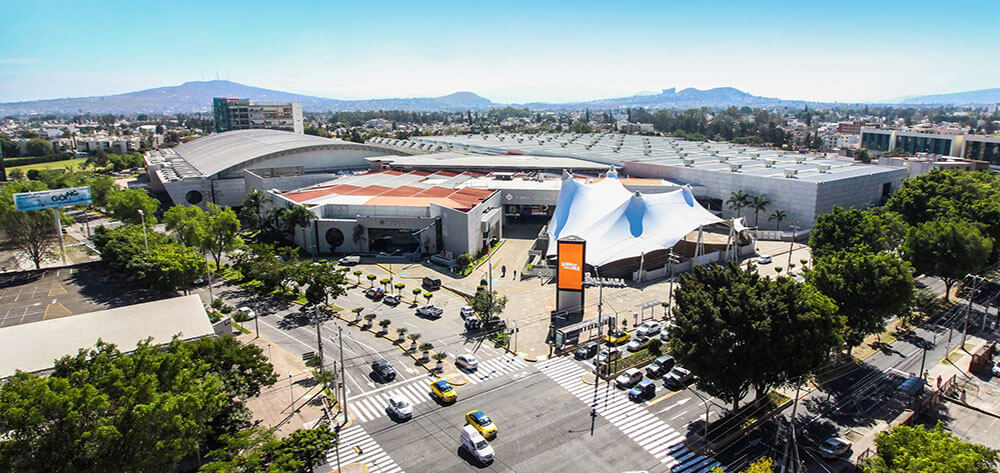
Expo Guadalajara, Mexico’s largest convention and exhibition facility, opened in 1987 and completed an expansion a decade ago.
READY TO LAUNCH IN OKLAHOMA CITY

Lindsay Vidrine and Mike Burns
Later this year, Oklahoma City (OKC) will debut a brand-new convention center, followed by a new headquarters hotel in 2021. Next door, the 70-acre Scissortail Park is in the second phase of its expansion, and two new museums are in the works. To boot, the city’s new downtown streetcar system will connect visitors with those places in addition to the city’s existing downtown attractions, like the Bricktown entertainment district and the Boathouse District.
In other words, there is a lot to talk about in OKC. “But what we talk about a lot with meeting planners is, why Oklahoma City, from an attendee experience perspective,” said Lindsay Vidrine, vice president of destination marketing at the Oklahoma City CVB. “Oklahoma City isn’t starting from a place of a negative perception, but a neutral perception. We just haven’t been on a lot of radars before, especially from a meeting planner perspective, because we didn’t have a venue to accommodate certain-sized groups.” The new Oklahoma City Convention Center, plus the existing Chesapeake Energy Arena will soon give the city capacity to comfortably host 10,000-plus attendees.
The shiny-new-toy factor plays a role, too, with attendees interested in discovering the next new, under-the-radar city. “A lot of people haven’t been here before,” said Mike Burns, vice president of convention sales and services for the Oklahoma City CVB. But they’ve been to a lot of “other cities three, four, five times.” So the team also makes it a point to emphasize the aspects of OKC that can’t be found anywhere else, and focus less on things that many destinations seem to overhype — like dining, for example. “Everybody thinks they’re a food city, and everybody’s become a food city,” Burns said. “So, there’s an expectation that we’re not different than any other [destination], that we have great food.”
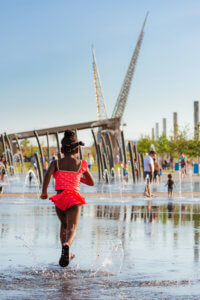
In Oklahoma City, you can take a splash in Scissortail Park, a 70-acre urban oasis next to the new Oklahoma City Convention Center.
Unique attractions and experiences have become their go-to differentiator, because, “every attendee, at some point in their stay, becomes a leisure visitor,” Burns said. They highlight how attendees can go whitewater rafting in downtown, for example, or spend a day or two driving Route 66 for an Americana adventure. Heritage and history are focal points as well. In 2021, the First Americans Museum will open, and the National Cowboy & Western Heritage Museum is currently completing an expansion.
But Burns believes that the most crucial step in becoming a destination that attracts business events, is first becoming a place that people want to work and live. This has been done primarily through OKC’s Metropolitan Area Projects (MAPS), a novel public works program that has successfully transformed OKC’s downtown in phases over 20-plus years by funding projects, including the new convention center, through a small local sales tax.
Vidrine says that the CVB is currently working on a new campaign for the destination, which will launch in 2020. “This will be the first time we’ve had a unified approach,” she said, adding that in the past they’ve targeted the meetings and leisure audience separately. Leading up to the debut of the new convention center, the CVB has worked to increase perception among meeting planners by tailoring its influence marketing efforts specifically to that audience, often repurposing and tweaking content already developed for the leisure travel audience. “It’s all about bringing more volume of awareness,” Vidrine said, “to the city.”

A new Omni Hotel will join the brand new Oklahoma City Convention Center opening this year. Both will be accessible via a new streetcar system, as shown in this rendering.
Jennifer N. Dienst is a writer in Charleston, South Carolina.
3 More International Cities on the Rise
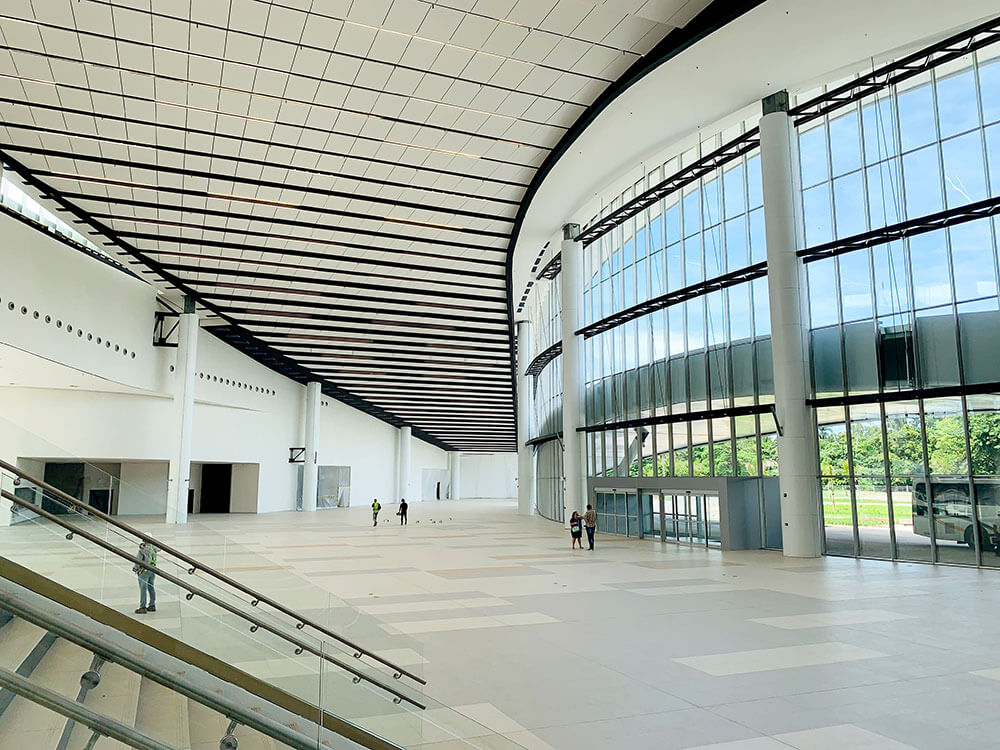
The Panama Convention Center opened in Panama City in September 2019. (Courtesy Meetings Panama)
Panama City, Panama
This past September, the 323,000-square-foot Panama Convention Center opened in Panama City with capacity for groups of up to 25,000 people. A multiphase expansion of Tocumen International Airport, Central America’s busiest airport, recently added a new terminal, 20 new gates, and new runways. The country ranked No. 19 on fDi’s most recent “Tourism Locations of the Future,” which looks at countries with at least 10 percent of all FDI (foreign direct investment) projects in the tourism cluster. Meeting in Panama City puts attendees a hop, skip, and a jump away from the barefoot luxury of eco-resorts, like Islas Secas, an archipelago of 14 private islands.
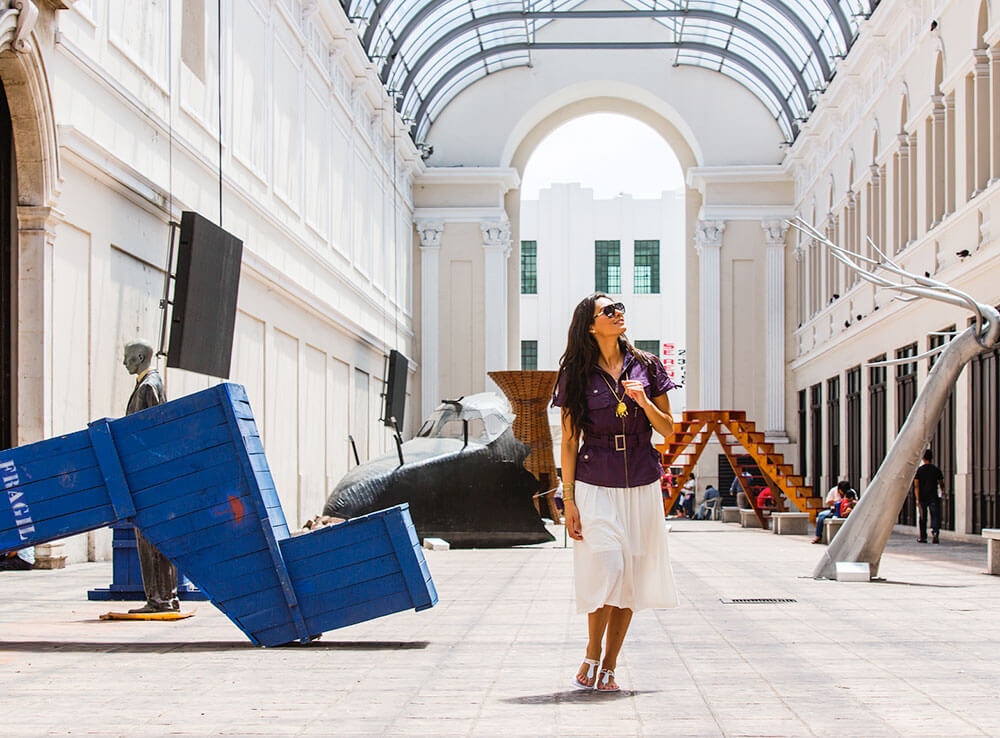
The Pasaje de la Revolución in Merida is a historic pedestrian-only, glass-covered walkway that serves as an outdoor gallery and meeting spot.
Merida, Mexico
In 2018, Centro Internacional de Congresos de Yucatán opened in Merida, the Yucatán’s capital. The LEED Platinum-certified facility, which even has a cenote inside of it, has more than 1,600 hotel rooms with walking distance. Archaeological sites, like Dzibilchaltún, are a quick taxi ride away, along with Pueblos Mágicos, villages designated by Mexico’s Ministry of Tourism for their historical and traditional importance. If it’s beaches attendees are after, the many resorts in nearby Quintana Roo offer an opportunity to tack on a sun-and-sand getaway.
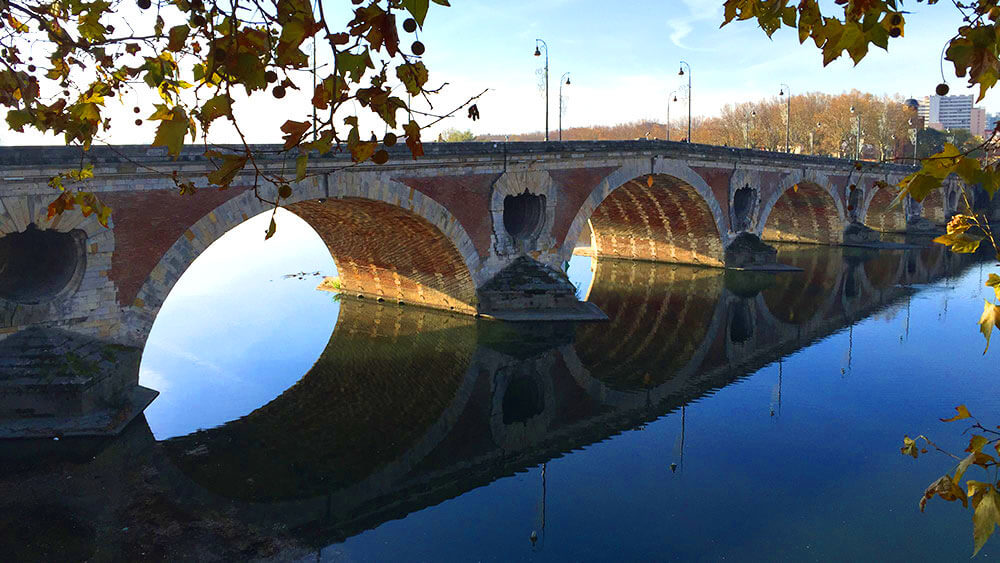
Pont Neuf, completed in 1632, spans the Garonne River in Toulouse, France, home of the new Toulouse Exhibition and Convention Centre. (Curt Wagner)
Toulouse, France
All the trimmings of a quintessential French escape can be had here — afternoons gazing upon paintings at Les Abattoirs, evenings ducking in and out of wine bars and cafés, a day trip to nearby Albi to see the birthplace of artist Henri de Toulouse-Lautrec. In addition to those uniquely French attractions is a growing ecosystem for meetings. In June 2020, the Toulouse Exhibition and Convention Centre (MEETT) will open near the city’s airport, just a quick tram ride away from the city center. It will be the third-largest facility of its kind in France, offering more than 430,000 square feet of exhibition space and a more than 160,000-square-foot convention space. The newly redesigned Toulouse-Blagnac Airport now connects visitors with 90 destinations, and Paris, Barcelona, and Lyon are all under a four-hour train ride away.
Earn One Hour of CE Credit
Earn one clock hour of certification credit by visiting our CMP Series page to answer questions about information contained in this article.
The Certified Meeting Professional (CMP) is a registered trademark of the Events Industry Council.
